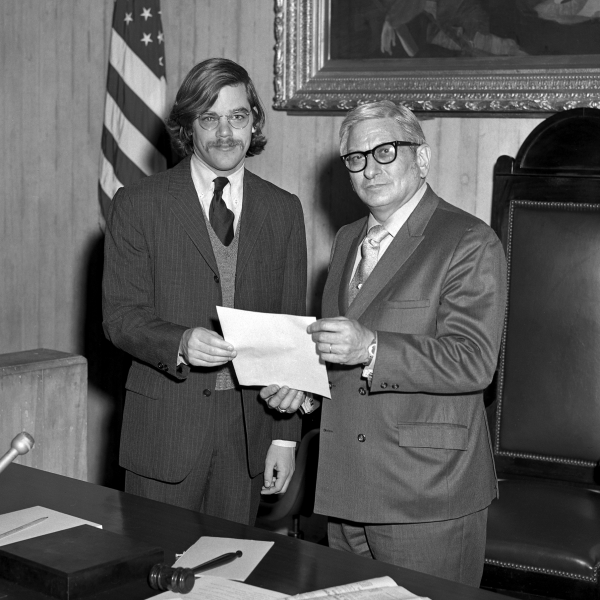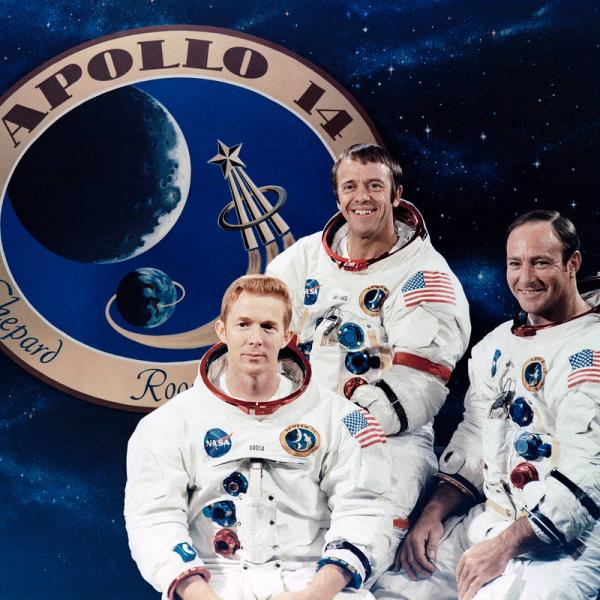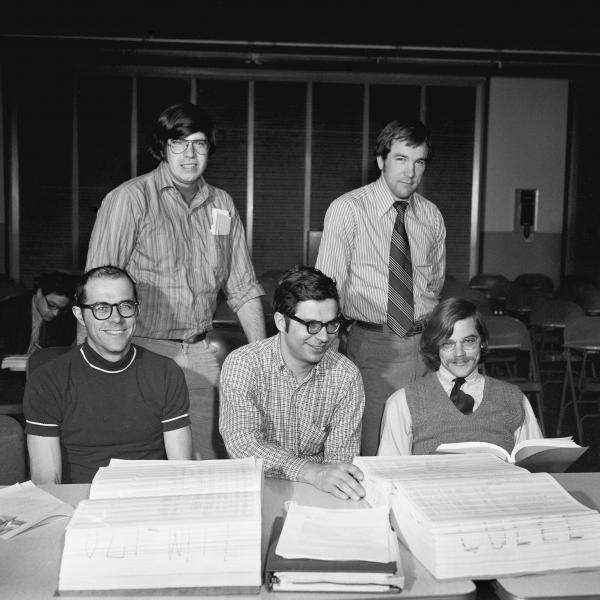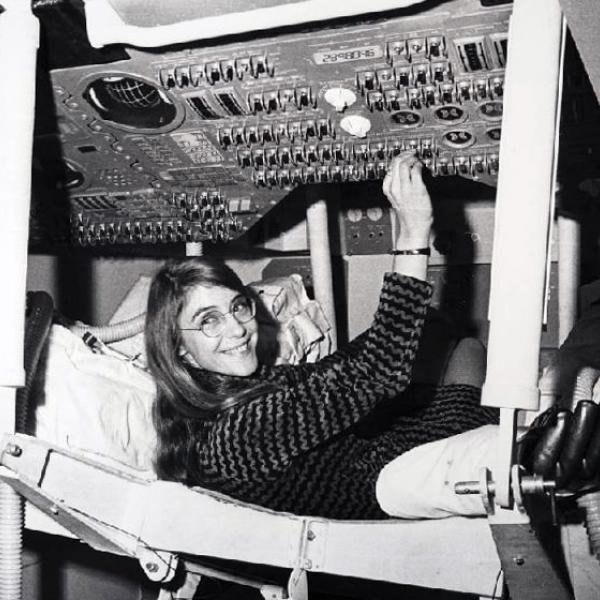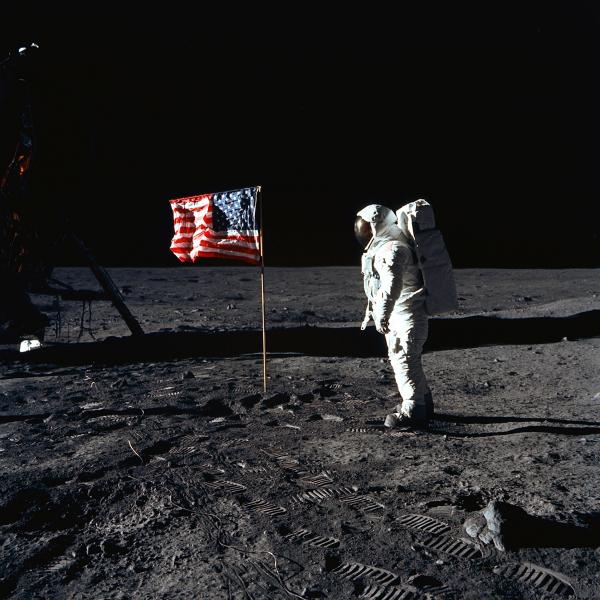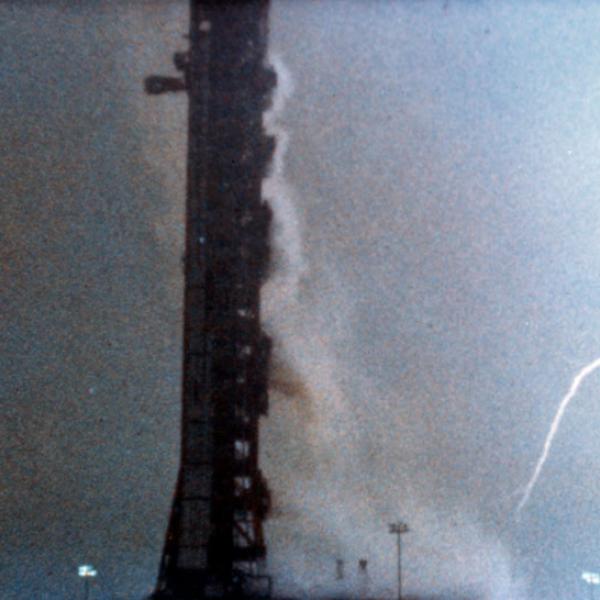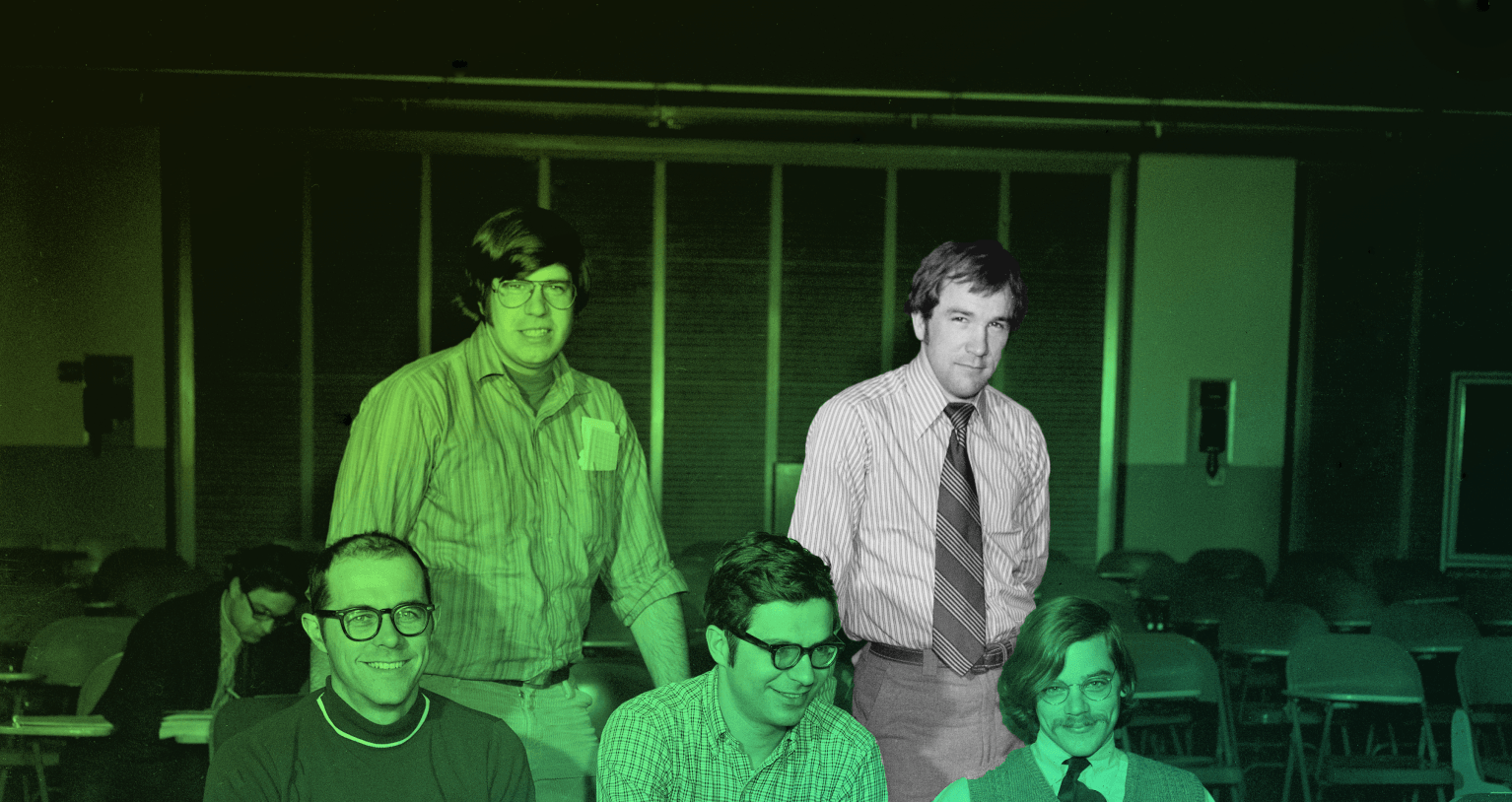
Bruce McCoy
After graduating from the University of Florida with a degree in Electrical Engineering in 1963, Bruce McCoy worked at Patrick Air Force Base (PAFB) processing and analyzing radar track data for the Atlantic Missile Test Range (AMTR). He then went to work for Raytheon, the manufacturer of the Apollo Guidance Computer (AGC). After working on the launch team at Kennedy Space Center (KSC) for two unmanned test flights, he went to work at the MIT Instrumentation Lab (now Draper).
At MIT McCoy tested early versions of the software in all mission phases and helped Apollo astronaut crews understand how the AGC operated in the lunar missions. He was MIT’s technical GNCS interface to the Lunar Module (LM) pilots for Apollo missions 9 and 10. He supported simulation efforts at KSC, Manned Spaceflight Center (MSC), and the spacecraft manufacturers Grumman Aerospace and North American Aviation. He supported Apollo missions 7, 8 and 9 in MIT’s Technical Support Center, monitoring the astronaut-Houston communications and telemetry data from the spacecraft. He spent a year at MSC advising flight controllers on the GNCS and was on a duty station for Apollo missions 10 and 11 in the Flight Controller’s Staff Support Room, monitoring computer performance and advising the flight controllers about its operation.
On returning to MIT, McCoy was the project manager for the LM software development for Apollo 12, the second moon landing, and the first mission flying over mountainous terrain. He presented the LM software’s flight readiness to the NASA review board in Houston.
While supporting missions 13, 14 and 15, McCoy led teams of engineers to develop workaround procedures when problems occurred during the missions: Apollo 13 was aborted and had to return to earth after an explosion on the Command Module, Apollo 14 was almost aborted due to a shorted Abort Button in the LM, and Apollo 15 had a jammed sextant. After Apollo, McCoy helped create software design and development concepts and support software for the Space Shuttle. He then spent a year at the Air Force Avionics Liberation (AFAL) in Dayton OH, working on the Digital Avionics Information System (DAIS).
McCoy left MIT and joined Intermetrics to work on digital communication systems. He began a research and development (R&D) office for the company in San Diego, CA to support the Navy’s SPAWAR Systems Center (SSC). Four years later he helped start another R&D company to support the Federal Aviation Administration Technical Center (FAATC). Returning to San Diego, he advised several SSC R&D programs in command, control, communications, computers, intelligence, surveillance, and reconnaissance (C4ISR).
